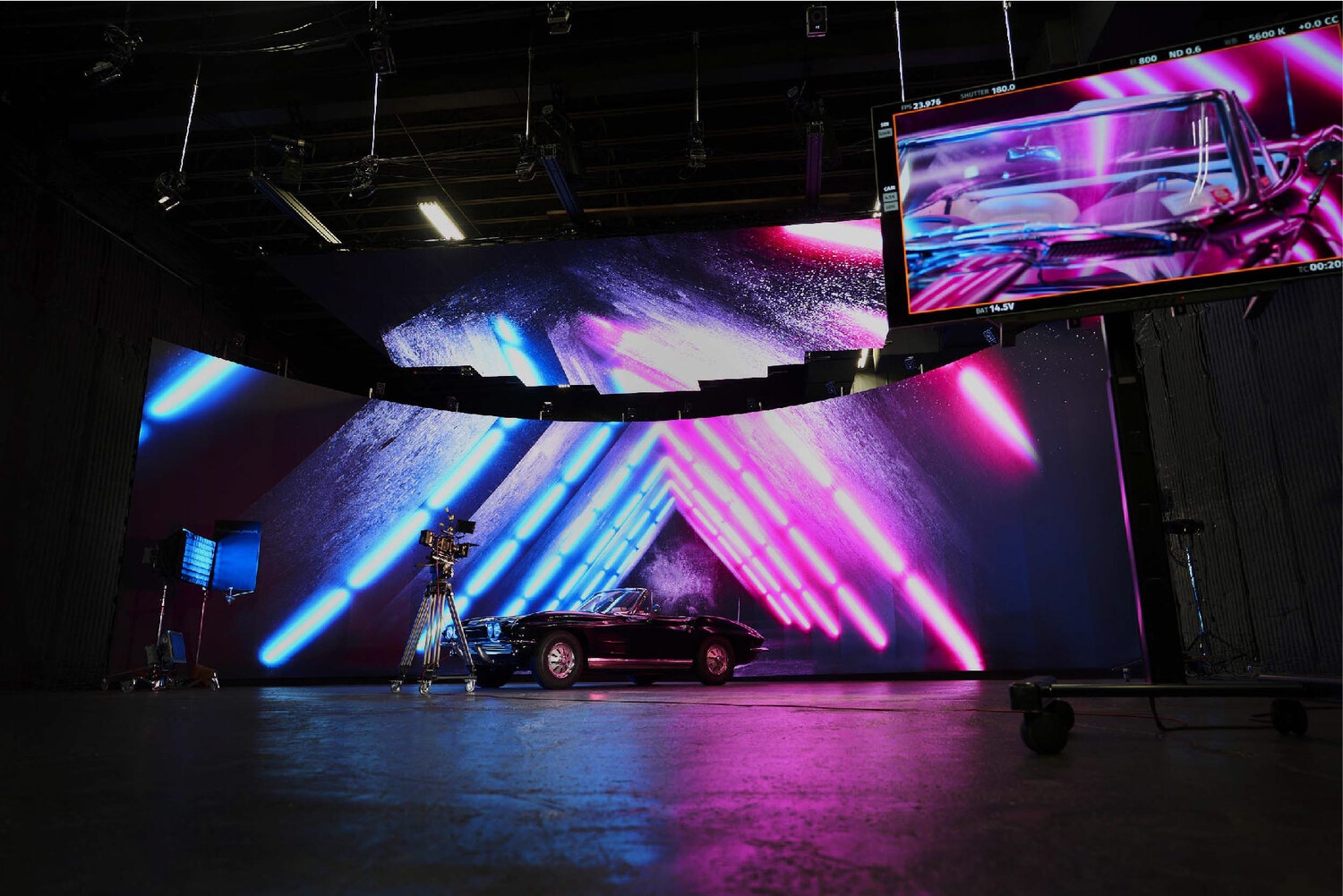LED wall units have gained popularity for their capacity to deliver crisp visuals in multiple settings, from professional environments to entertainment venues. One of the most significant aspects of these systems is their connectivity options, which allow users to connect them to different devices and systems. Comprehending the broad input options supported for Light Emitting Diode wall panels is essential for enhancing their use and effectiveness. This article details these features, showcasing how they can adapt to specific needs and preferences.

One common interface method for Light Emitting Diode wall panels is HDMI. High-Definition Multimedia Interface is widely recognized for delivering high-quality video and audio signals between components. This connection type is particularly beneficial in commercial environments, such as meeting spaces or training rooms, where visual content or video content are often shared. By using digital connectors, operators can seamlessly link laptops, projectors, and streaming equipment to LED wall panels, ensuring a sharp and dynamic display of information.
Another commonly used interface option is DisplayPort, which is comparable to High-Definition Multimedia Interface but offers additional advantages. Display Port can support elevated refresh rates and display outputs, making it an excellent choice for gaming or design-heavy applications. For those deploying LED wall panels in settings where performance is critical, such as esports arenas or design studios, Display Port can provide the required visual quality. Additionally, many modern computers and graphics cards include Display Port connections, making it a practical option for technology-oriented users.
In contrast to High-Definition Multimedia Interface and DisplayPort, wireless connectivity methods are becoming progressively common in LED wall panel technology. Wireless interfaces allow operators to transmit content without the need for physical cables, promoting a cleaner and why not try this out more adaptable configuration. Platforms such as wireless internet and Bluetooth enable users to connect smartphones, tablets, and laptops seamlessly to LED wall panels without cumbersome wires. This convenience is especially advantageous in fast-paced settings like exhibitions or events, where quick adjustments to displays are often needed.
For extensive deployments or more intricate setups, network connectivity through wired networking is another reliable solution. Wired links provide a consistent and robust way to connect multiple LED wall panels within a network. This setup is suitable for digital signage applications found in shopping malls or airports, where numerous panels may need to display coordinated content across a wide area. By using Ethernet cables and network switches, users can guarantee that all linked panels receive uniform data and content efficiently.
Finally, it's important to consider the evolution of interface technology with advancements such as USB-C and Thunderbolt Three. These newer interfaces offer enhanced data transfer speeds and flexibility by allowing one connector to handle both power delivery and data transmission. As more devices adopt these standards, LED wall panels equipped with USB-C ports will likely become more common. This evolution in connectivity not only enhances the functionality of Luminescent Diode wall panels but also aligns with the growing trend of minimalism in technology setups by reducing the number of cables needed.
In conclusion, exploring the broad interface methods available for Light Emitting Diode wall panels reveals many opportunities for users across various fields. From traditional methods like HDMI see it here and Display Port to modern wireless technologies and LAN setups, each pathway serves specific functions tailored to specific needs. Additionally, next-gen technologies like Universal Serial Bus-C promise further developments in how professionals interact with Luminescent Diode wall panels. By grasping these integration alternatives, end-users can make strategic decisions that enhance their overall experience with these multifunctional display tools.